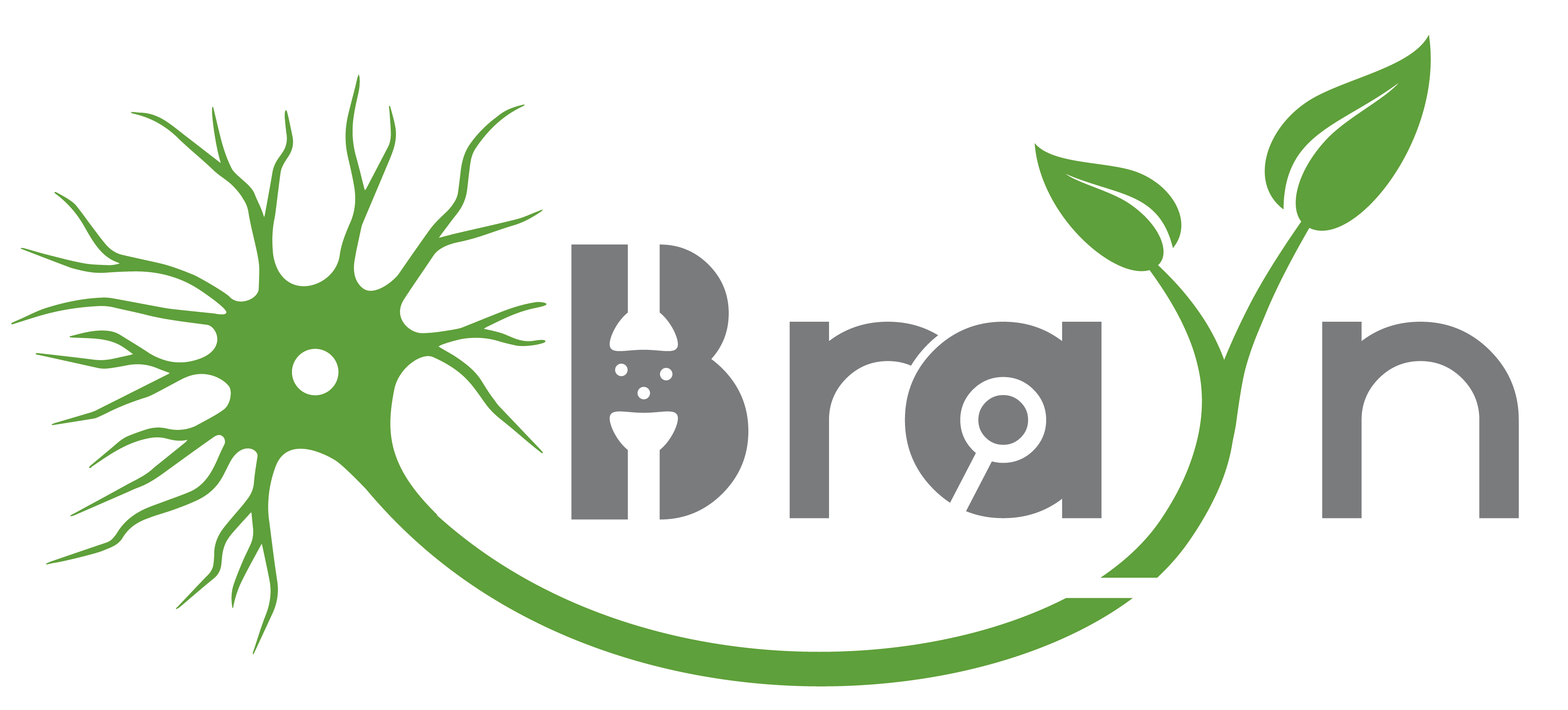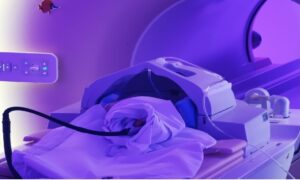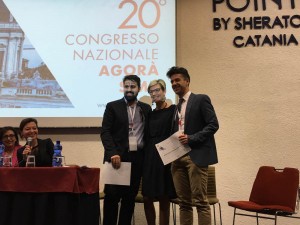During BraYn (Brainstorming Research Assembly for Young Neuroscientists), the first meeting of young neuroscientists held this year in Genoa, Eu-Brain offered € 1,000 to reward the best research on neurological issues; among the prizes, Eu-Brain assigned a special award to the best study on perinatal neurology. BraYn’s scientific committee awarded the special prize to Dr. Marina Boido for the research “Increasing Agrin Function Antagonizes Muscle Atrophy and Motor Impairment in a Murine Model of SMA”.
The research of Dr. Boido is focused on Spinal muscular atrophy (SMA).
Spinal muscular atrophy (SMA)
It is a severe neuromuscular disease characterized by motor neuron degeneration in the spinal cord, resulting in progressive muscle weakness and paralysis. Estimated incidence of SMA is 1 in 10,000 live births. SMA is due to the mutation of the “survival motor neuron” (SMN) gene and represents the most common genetic cause of childhood mortality. This mutation determines the lack of SMN protein. The affected cells are the motor neurons, important neurons located in the spinal cord and able to transmit motor impulses to the muscles, inducing their contraction: the motor neuron death determines the progressive impairment and atrophy of the muscles. Depending on the type of SMA, children have disabling motor problems.
In SMA I, they cannot stand up and have severe breathing and swallowing problems. In SMA II, they begin to crawl/walk, but very soon the muscles become atrophic: they are not able to maintain the upright position, so they often undergo vertebral fixation surgery; their expectation of life is significantly reduced. Only in the milder forms the affected people can manage to walk with a support, despite muscular weakness.
The neuromuscular junctions (NMJs) are the structures by which the motor neuron fibers innervate the skeletal muscles: in SMA, they are altered and characterized by reduced dimensions, synaptic transmission defects and neurofilament accumulation. The development, maturation and maintenance of NMJs is finely regulated by different molecules, in particular by the agrin-neurotrypsin system.
The research presented by Dr Boido at BraYn (recently published on the scientific journal “Frontiers in Cellular Neuroscience”) highlighted a significant agrin reduction in SMA II mice. This decrease would justify the above mentioned structural and functional NMJ abnormalities. Supposing that the NMJ stabilization could delay the progression of the disease, mice were treated – from birth onwards – with therapeutic agrin biological NT-1654 (synthetized and supplied by the Swiss biotech company Neurotune AG).
The treatment significantly delayed the motor performance decrease and extended the mice survival. Moreover the treatment strongly prevented the size decrease of muscle fibers and NMJs, and reduced neurofilament accumulation. This study demonstrated that increasing agrin function in SMA has beneficial outcomes on muscle fibers and NMJs as the agrin biological can restore the crosstalk between muscle and motor neurons.
Overall, these preclinical findings suggest that the administration of NT-1654 may represent a valid therapeutic approach to counteract the altered innervation and muscular atrophy in SMA patients, possibly in combination with other promising therapies aimed at increasing the production of SMN.





